By Fraser Crichton, Dundee City Council’s corporate fleet manager
Figures released by the Department of Transport show that the UK’s public charging network grew by 37% in 2024.
This surge underscores the critical need for infrastructure which can both support this current growth tangent and any future rise in line with the aim to phase out internal combustion engine (ICE) vehicles.
Dundee has already established one of the most comprehensive electric vehicle (EV) infrastructures of any city in Europe; we have the capacity to charge 239.48 vehicles per square mile (compared to an average of just 27 vehicles per square mile in the rest of the UK).
With two decades of experience at Dundee City Council (DCC), here are the most important lessons I have learnt along the way.
1. Employing a holistic approach
Dundee has become a leading city for EVs by implementing a comprehensive strategy that extends beyond the council. This involved partnerships with both public and private sector industry leaders.
At our Clepington Road changing hub, successful partner collaborations have resulted in a 'second life' battery system that captures excess solar energy and 'world-first' rainwater harvesting technology, offering EV drivers free access to clean drinking water.
Our partnership with Ember, the UK's first all-electric inner-city bus service, offers the public a green travel option and helps drive Dundee toward an all-electric future.
2. Being open to innovation
Being passionate about and open to innovation is key to creating groundbreaking industry advancements.
Welcoming Europe’s first fully retractable chargers to Dundee at the start of 2024 was the culmination of years of trial and development.
Other innovations trialled in Dundee include automatic cable retention systems implemented on chargers and innovative electric RCVs (refuse collection vehicles) manufactured by Dennis Eagle.
3. The importance of effectively communicating with the public
Educating the public about your plans is vital to long term success. Although our projects sometimes face opposition, it is the council’s responsibility to ensure any public concerns are addressed.
DCC actively seeks community input on the placement of EV charge points and is dedicated to incorporating resident suggestions into future infrastructure plans.
Through initiatives like city-wide surveys we have ensured that infrastructure accurately reflects the evolving requirements of its residents.
4. Focusing on the accessibility of charging
One of DCC’s key aims has been to ensure that Dundee’s EV charging infrastructure is as inclusive as possible. An exposing 2024 study by Vauxhall revealed that just 2% of on street chargers meet accessibility guidelines.
Guided by the BSI PAS 1899:2022 standard for accessible charging infrastructure, Dundee had the opportunity to embed accessibility into our design process.
Advice from charities and disabled people themselves directly informed the design of our Clepington Road hub. Features include colour coding, longer cable retention systems, unobstructed pathways and level access.
Our next accessible project is the Bell Street multi-modal, sustainable transport hub, that will be representative of the population of the future, with PAS 1899 compliant charging spaces.
5. Data-based decision making
EV infrastructure success is more complex than vague goals such as a desired number of charge points. Instead, using interlinking metrics such as number of sessions, number of unique users and consumption of energy can provide the data to ensure the EV needs of Dundee’s residents are met.
Other factors including the affluence of underserved areas and the city’s unique typography all play an interlinking role in decision making.
6. Future proofing
When electrifying any part of a fleet, you have to consider what kind of charging infrastructure will be needed to support wider deployment in the future.
For example, introducing our fleet of fully electric RCVs was preceded by discussions between DCC, suppliers and charge point operators to make certain that expansion of the fleet was possible. The sites of our charging hubs have a higher power capacity than is currently needed so they are future proofed for additional chargers.
Future proofing your workforce is also invaluable. The majority of DCC’s mechanics have upskilled to train to test and repair EVs.
7. Staying open minded and preparing to make mistakes
Lastly, it is important to remain open-minded while creating an EV-friendly city. Over the course of Dundee’s electrification, every type of charger has been trialled, with quite a few errors.
Mistakes are inevitable, but part of the learning process that leads to long-term success.



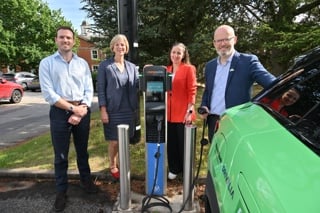
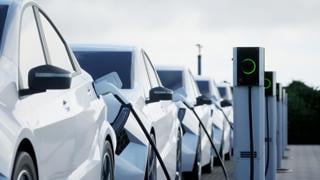
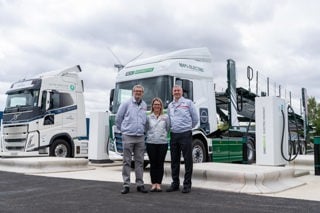
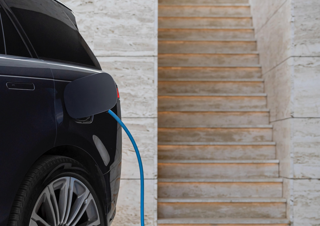







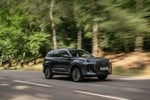

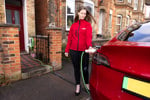
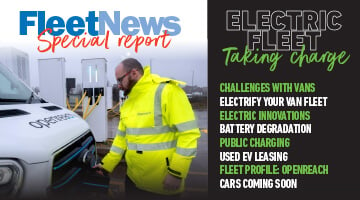


Login to comment
Comments
No comments have been made yet.